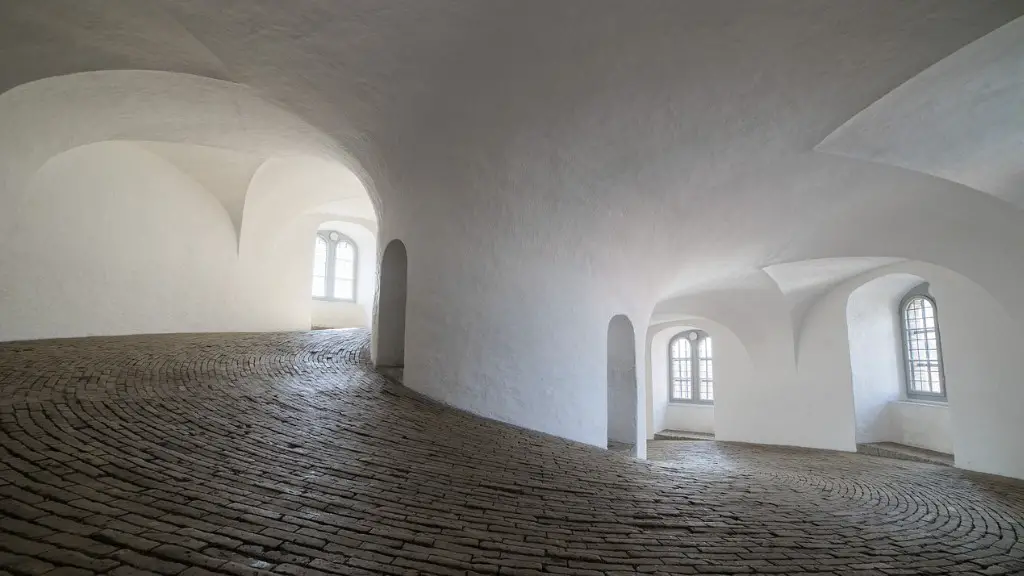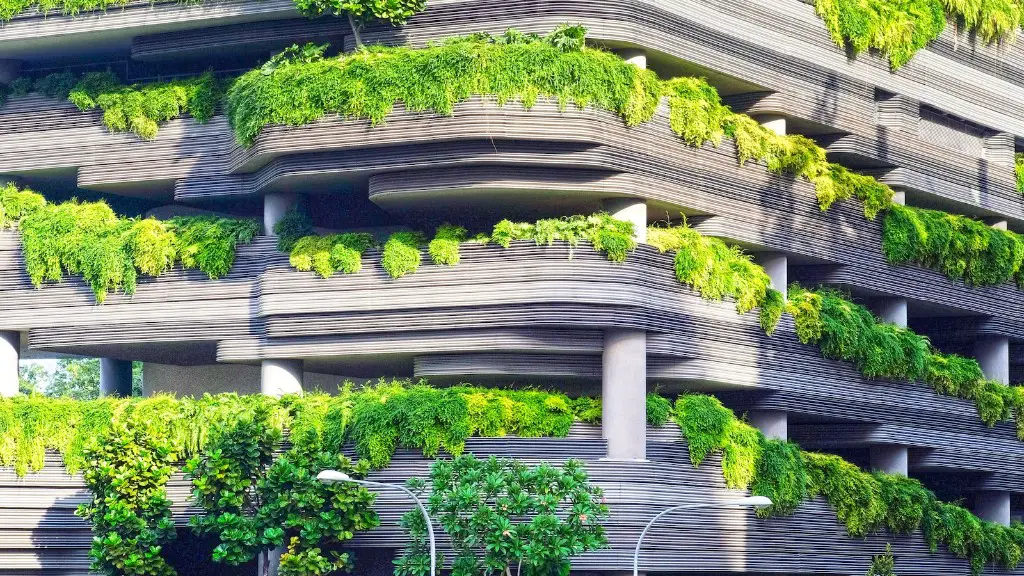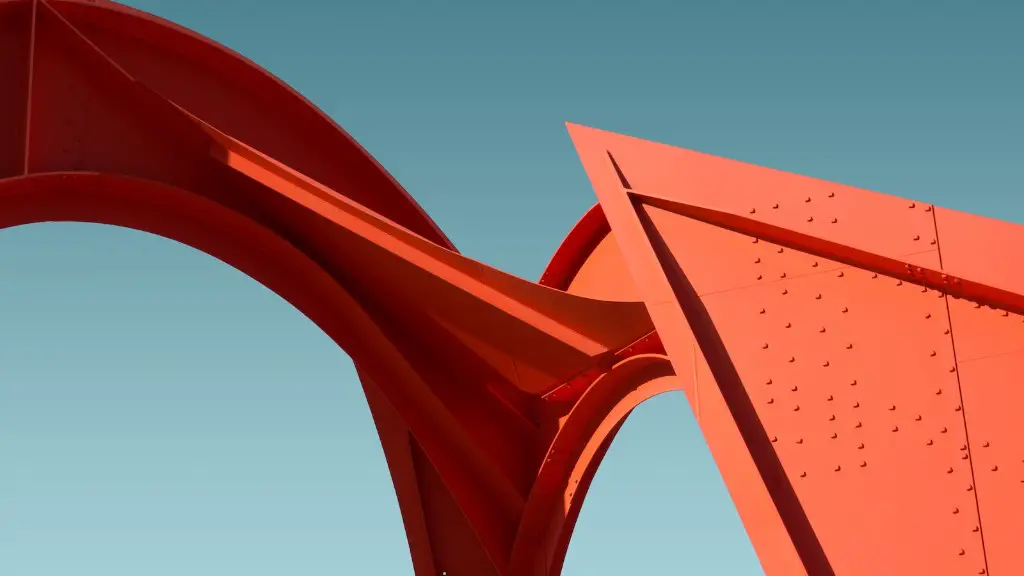In a world where global warming and human destruction of eco-systems are at their peak, using architecture to help animals feels like a just contribution towards the future of the planet. Not only that, but it could also be a lifesaver to some of the most endangered species of animal around the globe.
The idea is to design buildings specifically with the goal of helping animals, and this involves creativity, critical thinking and an understanding of the wider natural environment.
Architectural principles can be used to provide animals with more safe and comfortable habitat, for example, buildings for critically endangered species like the California condor which provide nesting sites which are safe from predators, and shelter from the elements. This could greatly improve the survival rate for these vulnerable species.
In addition to providing safe habitats, architects can also look at ways that their designs can help restore nature. For instance, by designing green buildings with rooftop gardens, there is an opportunity to give wildlife habitat that wasn’t there before and to promote biodiversity. These gardens help to insulate the buildings and provide habitat for birds, bats, butterflies, and other animals.
Beyond just designing habitats, architecture can also be used to reduce the amount of human-caused deaths. Designing buildings to reduce the chances of animals getting hit by cars and designing them with intelligent and animal-sensitive lighting has the potential to dramatically reduce the number of animal deaths caused by humans.
Architecture can also help with the conservation of species by creating new corridors for animal movement. In an increasingly urbanized world, these corridors provide a way for animals to safely move between natural habitats.
In addition, architects can also take measures to reduce noise pollution and the amount of light pollution in their designs. Both of these are linked to immense amounts of animal suffering, but often can be easily reduced by the thoughtful application of architectural principles.
Overall, architects have a huge potential to help animals. As society increasingly focuses on sustainable designs, architects and designers can use their expertise to help animals, both directly and indirectly.
Conserving and Restoring Natural Habitats
Conserving and restoring natural habitats with thoughtful architecture could be a major benefit to the animal world. One way to do this is to build green roofs – rooftop gardens which contain gardens and flowers, as well as providing habitat for birds and bats. Green roofs are relatively low-maintenance and they provide a habitat for creatures as well as helping to reduce urban heat islands.
Another way to help preserve natural habitat is to design bridges and tunnels which are accessible to animals. These types of structures can help animals to cross roads and highways safely and without disruption to their daily routine.
Protected areas are also something that architects can consider when designing and constructing buildings. These are land and marine areas which are officially protected and set aside to conserve and protect specific animal species or their habitats.
In addition, green space can also be a huge benefit to animals. Green spaces like parks and gardens, are extremely valuable as they help to provide a safe haven for various species as well as offering a place for people to relax.
Reducing Human-Caused Deaths
As building designers it is important to consider how their designs could influence the number of human-caused animal deaths. Car accidents are a common way for animals to be killed on urban roads, and architects can reduce this through their designs.
This can be done through the inclusion of wildlife crossings which are designed to redirect animals away from roads and highways. These crossings can be bridges, tunnels or even ramps for smaller animals, and they can be an effective way to reduce the number of car-related animal deaths.
In addition to wildlife crossings, architects can also reduce light and noise pollution from their buildings. These sources of pollution seem small, but they can have a huge impact on wildlife, especially birds and amphibians.
By paying attention to the amount of noise and light reflected or emitted by the architectural interventions, architects can help make urban environments much more friendly to the wildlife that lives in and around them.
Designing Human Living Spaces with Animals in Mind
Architects also have the power to design human living spaces in ways which will benefit animals. One way to do this is to create gardens which encourage insect life. For example, garden spaces filled with wildflowers, trees, and shrubs can be an excellent way to attract butterflies, bees, and other insect life.
In addition, architects can design buildings with animal-sensitivity in mind, for example, making windows and balconies that are bird-safe or designing porous materials or spaces with native or adaptable vegetation in mind. These types of interventions could be hugely beneficial to the bird population and make urban areas much safer and more hospitable for animals.
Architects can also look at ways to reduce the amount of non-renewable energy used in new buildings. For instance, by designing buildings with solar panels and more efficient insulation, architects can reduce the amount of energy needed to power a building, which in turn has the potential to reduce emissions and climate change, both of which can be damaging to wildlife.
Creating Multi-Purpose Spaces
Multi-purpose spaces are another great way for architects to design with animals in mind. For example, creating public spaces which provide the space for both humans and animals to interact can be hugely beneficial to the wellbeing of both. For instance, parks which provide a safe place for people to walk their dogs, or urban spaces which have both playgrounds and nature trails.
In addition to providing safe spaces for people and animals to coexist, multi-purpose spaces can also be utilized to research and conserve endangered species. Parks and green spaces can become havens for endangered species and offer an opportunity to observe them in the wild.
Multi-purpose spaces can also be used to educate people about the importance of nature and the effect humans have on their environment. Educating people about animals, whether in parks, through online resources, or school trips, is an important way to foster a greater understanding and appreciation for the wild animals in our lives.
Using Technology to Engage the Public
When it comes to engaging the public in helping to protect animals, architects can also use technology to their advantage. For example, architects can use the internet and smartphones to create interactive experiences which help to engage and educate the public.
These could include online educational resources, virtual reality experiences or interactive public art installations. This can give people the chance to learn more about the animals in their environment, and also to have an indirect, yet important impact on conservation efforts.
These technological interventions can be combined with more traditional interventions such as physical signage. Signs can provide valuable information to help educate people and to raise awareness of the animals around them.
By combining traditional and digital methods, architects can create powerful ways of helping to protect animals and to raise awareness of their plight.
Conclusion
In summary, architecture can have a significant impact on the animal world if it is used thoughtfully and creatively. Architects can create habitats, reduce human-caused animal deaths, design human living spaces with animals in mind and create multi-purpose spaces. Additionally, technology can be used to engage the public and to help them engage with animal conservation efforts, whether that be through online educational resources or physical signage.





